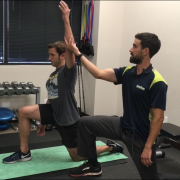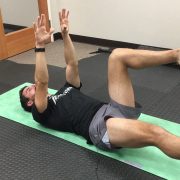Rock Climbing and Pulley Injuries
Finger pulley tears are one of the most common injuries in rock climbing, but many climbers may not know how to identify or treat this type of injury. What is a pulley, anyways? A pulley could best be described as a group of fibers that help secure tendons to the bone. For those who may be experiencing a finger pulley injury, be on the lookout for the following:
-
Grade I (sprain):
Symptoms may include some pain when squeezing or climbing. Treatment may include taping the injured finger to relieve stress and massaging the finger at the injury site. Squeezing a putty such as TheraPutty a few times each day is also a very good tool to aid in recovery. Climbing is okay, but should be done at a reduced level of difficulty. Soft tissue treatment such as Graston and Active Release Technique (ART) can be effective for in the initial phases for Grade I.
-
Grade II (partial rupture of pulley tendon):
Symptoms include pain with squeezing or climbing and possibly when extending the finger. Treatment can include massage and putty, as with Grade I, but no climbing should be done for the first 1-2 weeks. When it is time to return to climbing, start back slowly and tape the fingers.
-
Grade III (complete rupture of pulley):
Symptoms can include sharp pain at the pulley, you may hear a “pop” sound, possible bruising and swelling, pain when squeezing/climbing. Treatment may include taking ibuprofen and the regular use of a cold compress for the first couple of days. No climbing! A splint may be used to immobilize the injured tendons. After 4-8 weeks, putty can start to be used to help strengthening, along with the Grade II treatment.
As with any injury, your first step should be to seek care from a medical professional to determine the correct treatment plan, but these descriptions are intended to serve as a general guideline of what to expect from a pulley injury. If you’re in pain, make sure you don’t ignore it!













